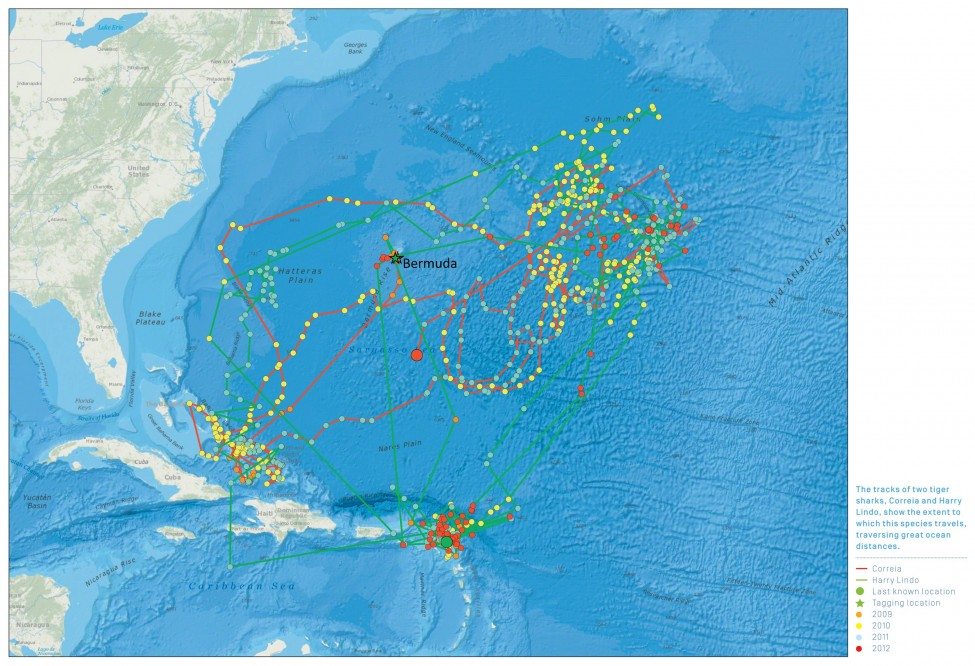DNA uncovers shark secrets
Studying the DNA of sharks and rays is a key aspect of the work undertaken at the Save Our Seas Foundation Shark Research Center (SOSSRC) in the United States. But why, you might ask, would one research DNA? How does that help us to understand and conserve sharks and rays? The broad answer is that the DNA of an organism, in its beautiful simplicity and yet intricate pathways inside cells, is fundamentally responsible for the form and function of all living things, from bacteria to sharks to humans. If we really want to understand how a species works and evolves at its most basic level, we’ll find the answer mainly in its genes – and when and where those genes are switched on and off.
But that’s not all. The DNA of an organism contains a lot of other secrets hidden in its sequences (of As, Ts, Cs and Gs), including signatures of its past: where it evolved, how and when it spread from one place to another, how it is related to other species and even its evolutionary potential to adapt to changing environments. At a finer scale, signatures in DNA can illuminate issues of immediate relevance to wildlife conservation and management. They can, for example, identify populations that are genetically distinct, gauge the genetic health and relative abundance of specific populations, and assist law enforcement by recognising wildlife body parts that are being traded. They can also help us to understand mating behaviour. In fact, there is an entire research discipline known as conservation genetics and it is dedicated to extracting this type of information from DNA to guide conservation efforts.
At the SOSSRC, students and research scientists are engaged in investigating all the above aspects with special reference to sharks and rays. In the following accounts, Dr Andrea Bernard and Dr Christine Testerman, research scientists at the SOSSRC and Guy Harvey Research Institute at Nova Southeastern University in Dania Beach, Florida, report on their worldwide genetics research on two fascinating animals, the tiger shark and the great hammerhead.
SOSF Shark Research Center
The SOSF Shark Research Centre (SOSF-SRC) is located in Florida and was established at Nova Southeastern University in 2009 by directive of the founder of the Save Our Seas Foundation.
The centre focuses mainly on scientific research aimed at increasing knowledge to aid the conservation, management and understanding of sharks and rays worldwide.
A hallmark of the SOSF-SRC is that it specialises in taking integrative, multi-disciplinary approaches to research and conservation, which include combining high-tech genetics, genomics and field work to illuminate holistically aspects of shark and ray science that would be difficult to decipher using single-discipline approaches alone.
The SOSF-SRC also serves as an academic unit within Nova Southeastern University and as such its function includes the training of students from around the world in marine research and conservation. Although advanced scientific research is the main focus of the SOSF-SRC, our staff also undertake educational and outreach activities involving primary (US middle) and secondary (US high) school students.



